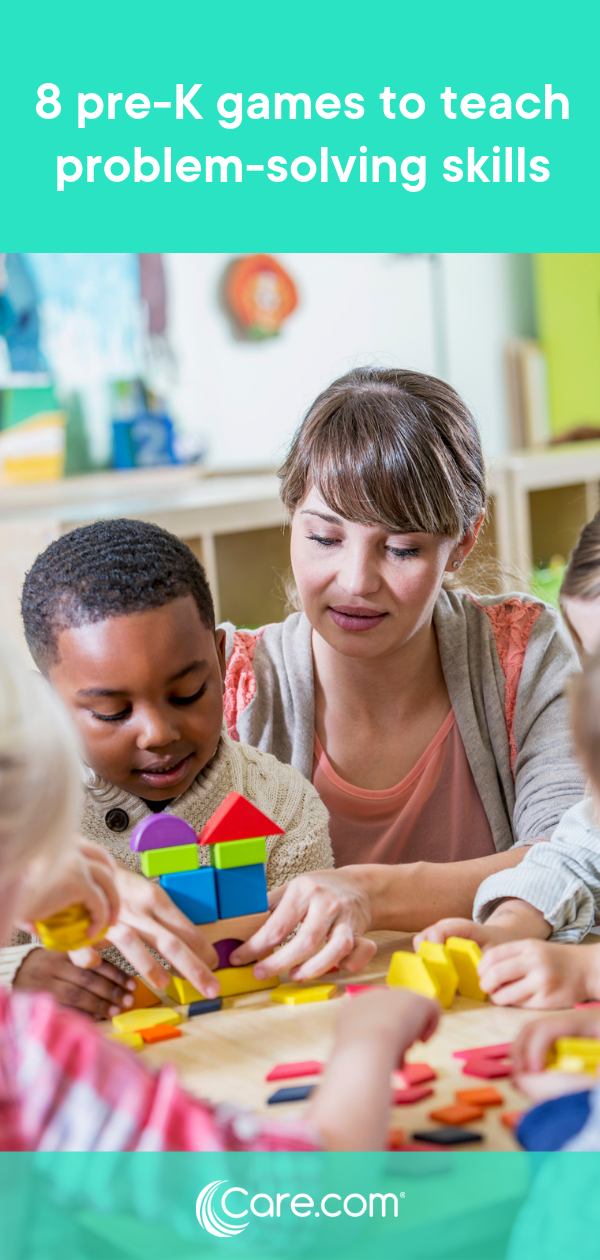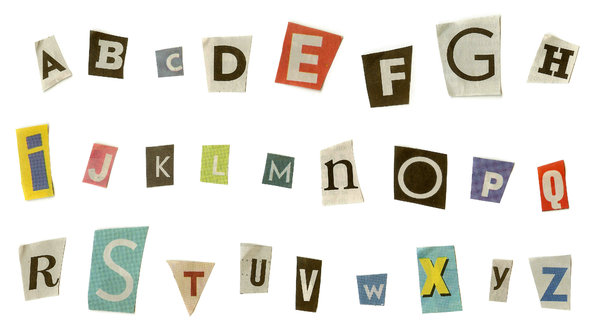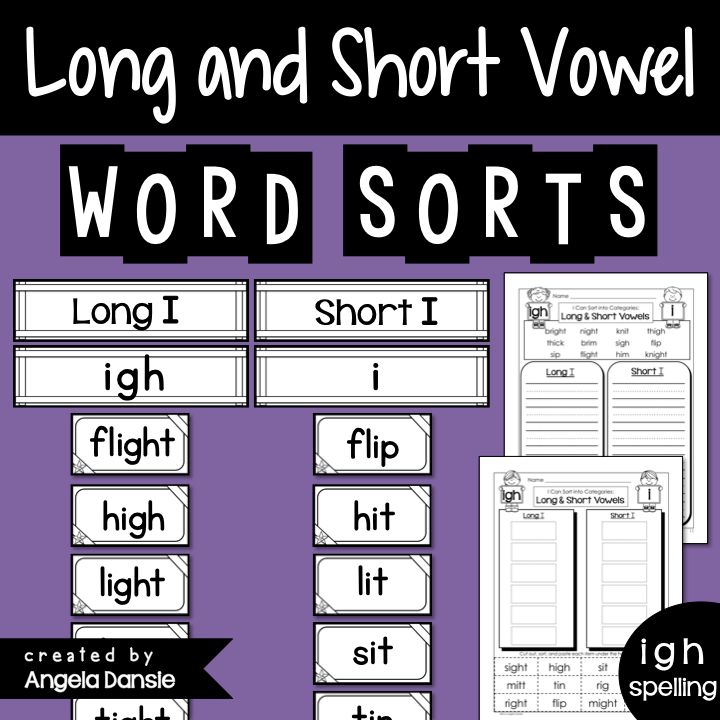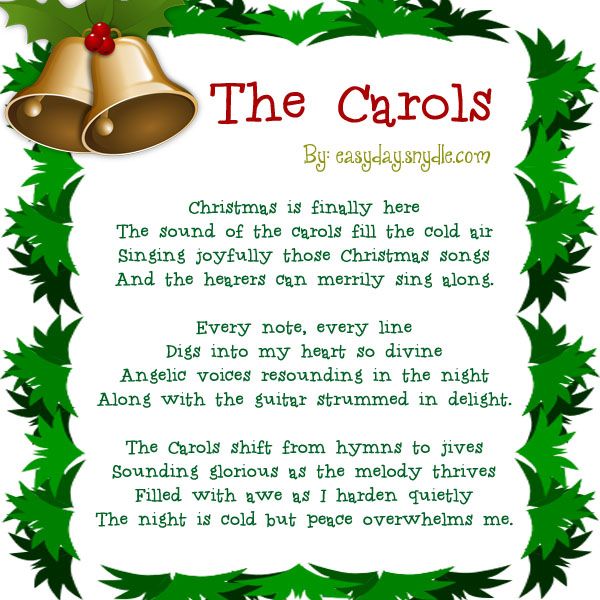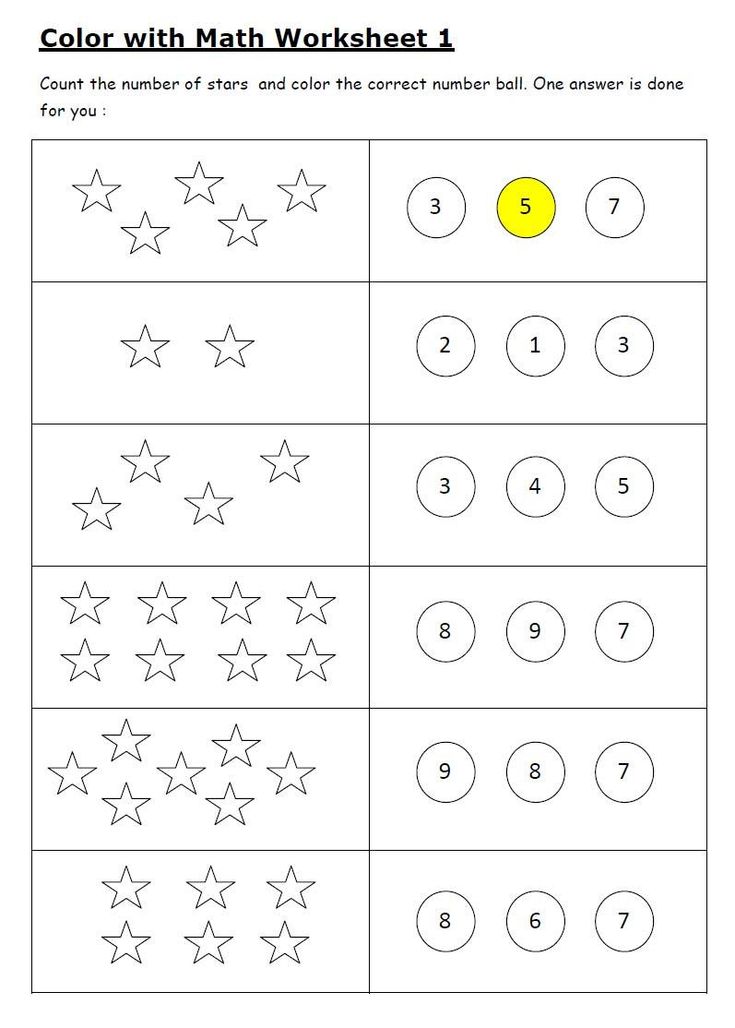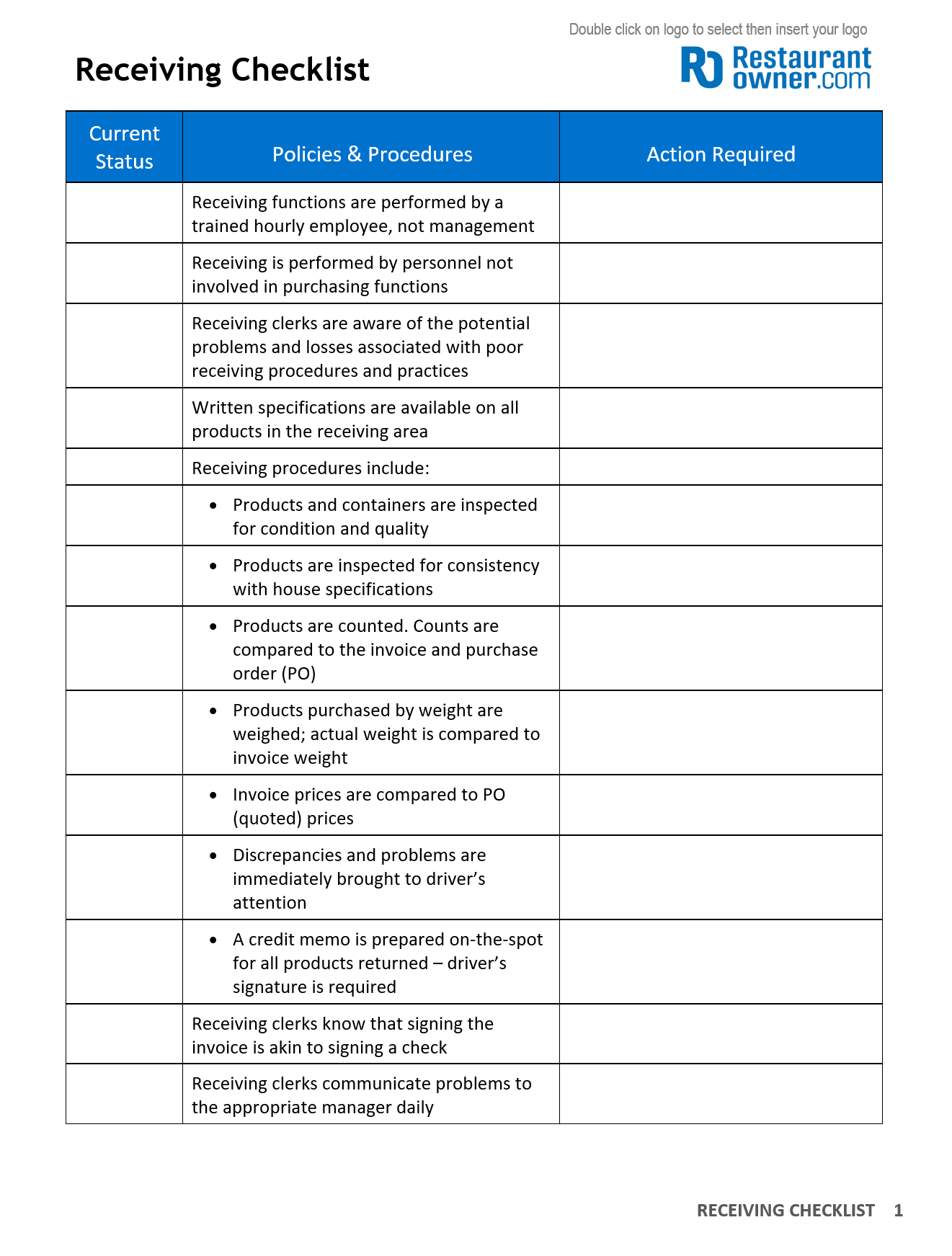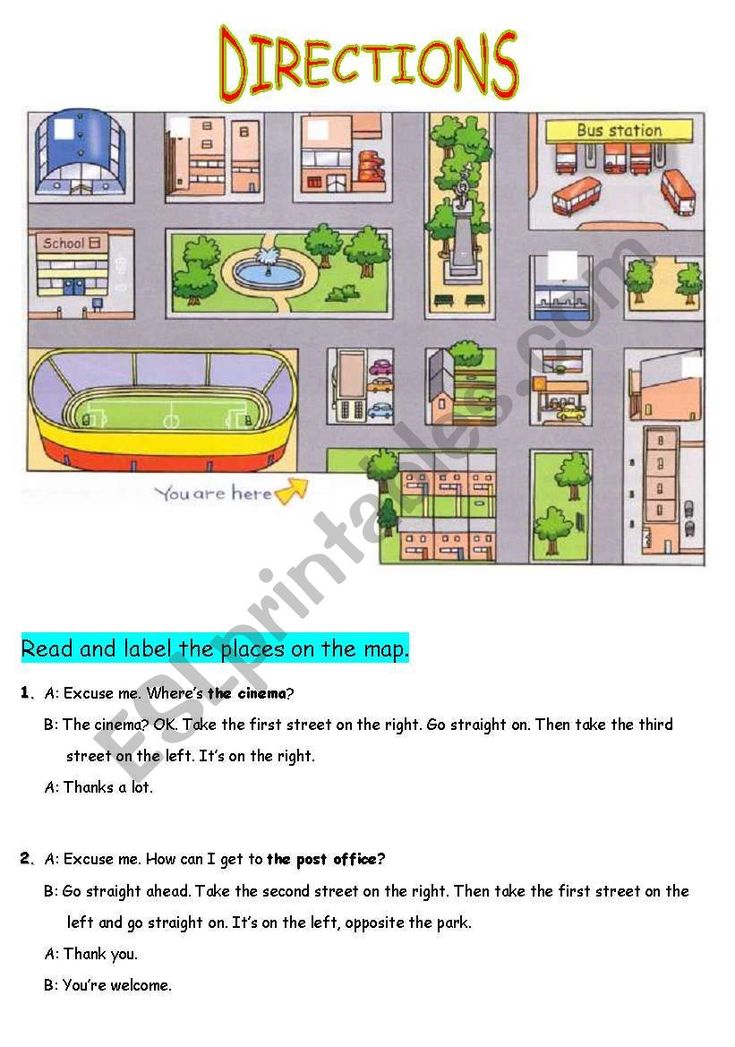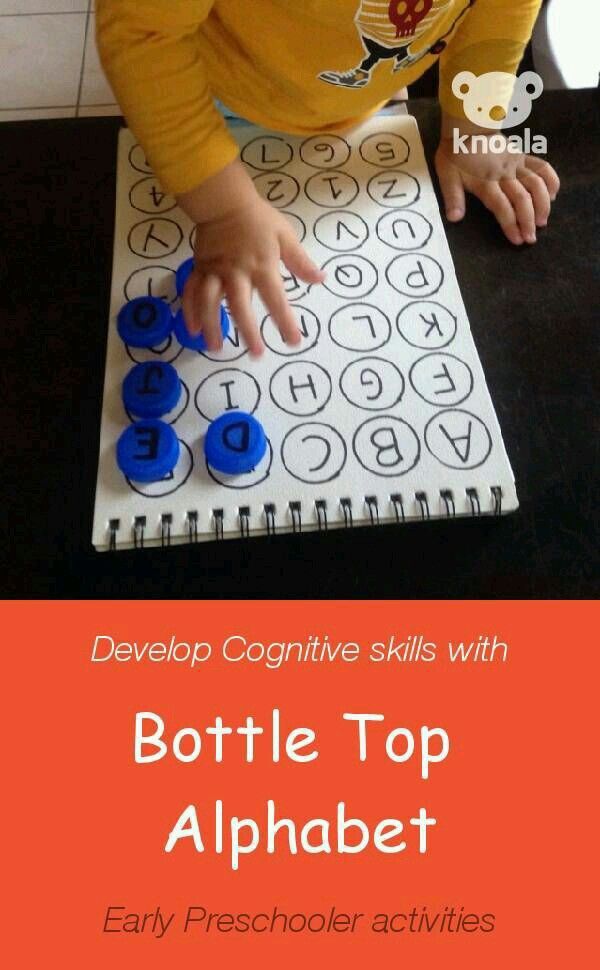Helping with math games
Free math games | Helping with Math
Note: this page contains legacy resources that are no longer supported. You are free to continue using these materials but we can only support our current worksheets, available as part of our membership offering.
Listed below are the educational activities and games that have been developed for the HelpingWithMath.com web site. Also listed are a number of fun math games that have been created for the BBC Schools web site. These games will be especially useful for Kindergarten through 3rd grade although they can be used by any student that wants to practice their math in a fun way.
You will also find some of the games below, along with others, listed on the multiplication games page and also on the addition and subtraction games page.
Latest Additions
December 2019: The 10 matching games below offer practice with shapes, rounding, and with decimals.
- 2D Shapes With Their Names
- Shapes With Their Defining Attributes
- Rounding to the Nearest Ten
- Rounding to the Nearest Hundred
- Rounding to the Nearest Whole Number
- Rounding to the Nearest Tenth
- Rounding to the Nearest Hundredth
- Decimals in Expanded Form
- Decimals in Word Form
- Comparing Decimals To Thousandths
Multiplication games
- Multiplication to 25 e.
g. 5 x 5
- Multiplication to 45 e.g. 5 x 9
- Multiplication to 81 e.g. 9 x 9
Games for practicing times tables
- 2x Table
- 3x Table
- 4x Table
- 5x Table
- 6x Table
- 7x Table
- 8x Table
- 9x Table
Doubles
- Double The Number (1 of 2)
- Double The Number (2 of 2)
More multiplication games
These are basic math fact games developed for HelpingWithMath.com.
The challenge is to aim the sight and fire at any of four targets – ideally at the one that shows the correct answer to the multiplication problem!
- 2 times table (2 x 1 to 2 x 12)
- 3 times table (3 x 1 to 3 x 12)
- 4 times table (4 x 1 to 4 x 12)
- 5 times table (5 x 1 to 5 x 12)
- 6 times table (6 x 1 to 6 x 12)
- 7 times table (7 x to 7 x 12)
- 8 times table (8 x 1 to 8 x 12)
- 9 times table (9 x 1 to 9 x 12)
Build the answer
These multiplication games require the “magnets” to be moved to make the correct answer.
- 2 times table (10 questions)
- 3 times table (10 questions)
- 4 times table (10 questions)
- 5 times table (10 questions)
- 6 times table (10 questions)
- 7 times table (10 questions)
- 8 times table (10 questions)
- 9 times table (10 questions)
- 2 to 5 times tables (20 questions)
- 6 to 9 times tables (20 questions)
- 2 to 9 times tables (20 questions)
Algebra Games
- Match Algebraic & Verbal Expressions
Composite or Prime number?
- Play Prime or Composite
- Play Prime or Composite – Different Version
Fraction games
- Match the fraction with the picture
- Fractions in numbers and in words
- Matching Equivalent Fractions
- Target Equivalent Fractions
- Fractions, Decimals, & Percentages
Addition and subtraction games
The game below has options for finding a number that is one or two less than, or one or two more than the given number and also to have both timed and untimed versions.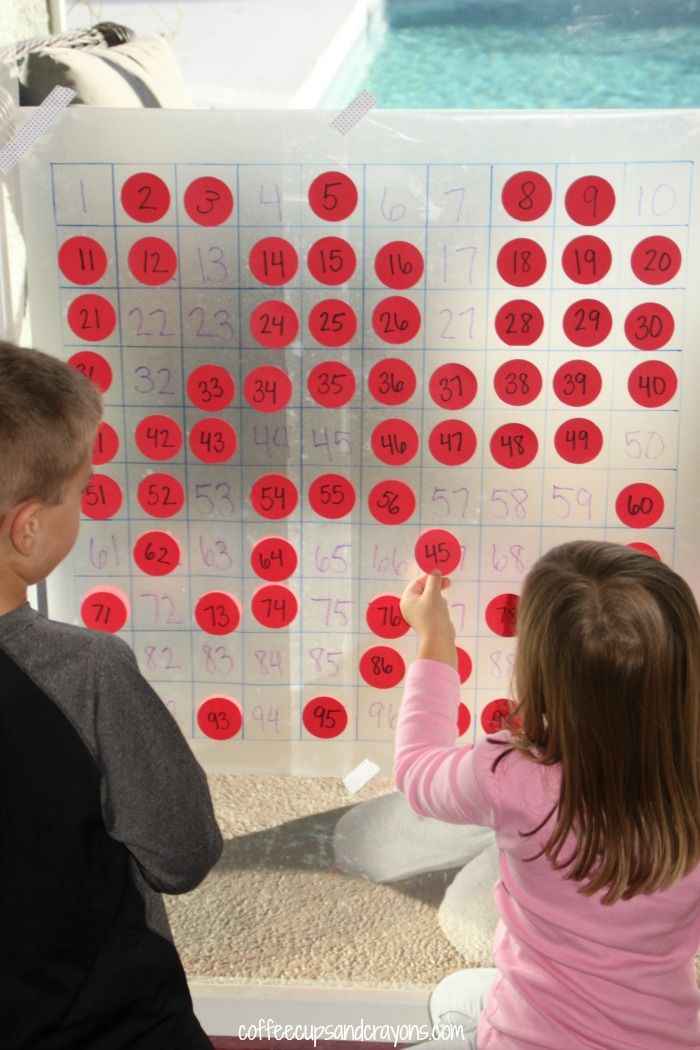 It provides practice with number relationships with numbers to 10 and is typically suited to students around the 1st grade level.
It provides practice with number relationships with numbers to 10 and is typically suited to students around the 1st grade level.
- 1 or 2 more than or 1 or 2 less than (e.g. 2 more than 5 or 1 less than 9)
This number partitions game is good for building foundation skills for addition and subtraction.
- Addition: Sums to 9 e.g. 4 + 3
- Addition: Sums to 19 e.g. 9 + 8
- Subtraction: Single Digits e.g. 7 – 2
- Subtraction: e.g. 17 – 8
The games below require the numbers and signs to be moved around to make the correct answer.
- Addition (to 9)
- Addition (to 19: 1 of 2)
- Addition (to 19: 2 of 2)
- Subtraction (to 9)
- Subtraction (to 19)
- Addition/ Subtraction (to 9)
- Addition/ Subtraction (to 19)
- Adding 3 Numbers (to 10 & to 20)
Making 10 Games
- Matching Cards that add to 10
- Magnets to Make 10
- Targeting What Makes 10
And this addition and subtraction game mixes up numbers and signs for a slightly different challenge
Math games by the BBC
Other Math Games
- Missing Operators e.
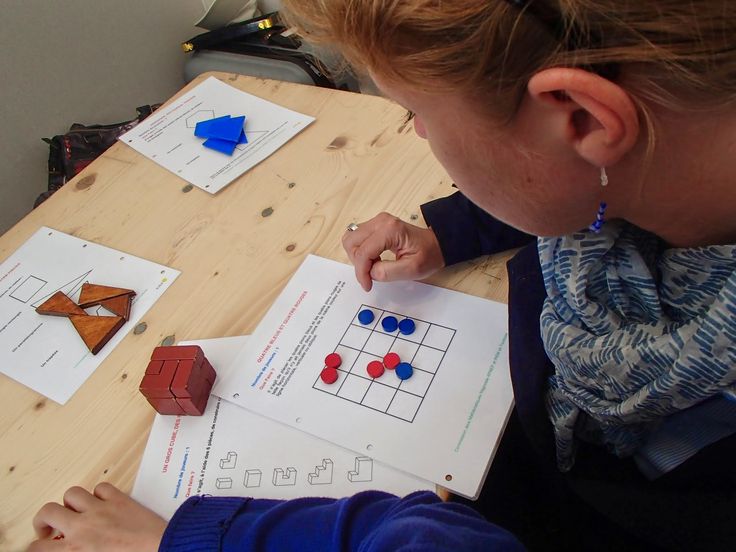 g. 20 ? 4 = 5
g. 20 ? 4 = 5 - Not a Factor!
- Decimals and Percentages as Fractions
- What Percent is Shaded?
25+ Free Math Games for Kids • Kids Activities Blog
We have a collection of fun activities and interactive math games for children of all ages to give your child practice on important number skills in a playful way. If your kids HATE math, you are not alone. Here are some math games for kids to help them learn to love math one problem at a time.
Let’s play a fun math game!Fun Kids Math Games
One of the easiest ways to reinforce a new skill is to practice it hands-on in a fun way. No matter the grade level – 1st grade, 2nd grade, 3rd grade, 4th grade, 5th grade, 6th grade or beyond…these cool math games are a fun way to practice what you learn.
That is where this fantastic list of fun math games comes in. There is something for everyone!
1. Fun Math Games Using Uno Flip Deck of Cards (Kindergarten & 1st grade)
Why use math worksheets when you can use game cards to review math skills! Check out how this mom plays and learns using the classic game, Uno. This Uno Flip game recommended for ages 5 and up creates simple math problems your child will need to solve! You could easily do this for addiction, subtraction, multiplication, or even division. via Childhood 101
This Uno Flip game recommended for ages 5 and up creates simple math problems your child will need to solve! You could easily do this for addiction, subtraction, multiplication, or even division. via Childhood 101
2. Skip Counting Worksheets (1st grade, 2nd grade & 3rd grade)
Skip counting is one of the pre-requisites for a solid foundation in math skills that kids usually start learning around the age of 6 years old. Help your kids understand patterns in numbers with these skip counting worksheets and one of the best math games that you can create on the driveway or front porch with chalk…oh, and getting the correct answer is easy and fun!
3. Fraction Games (Intro: grade 1 & grade 2; 3rd grade and 4th grade)
Do your kids LOVE games, but hate fractions? Ours do! Practice and review fractions with the game Connect 4. This is one of my favorite fraction games because it is simple, but help familiarizes children with fractions, which generally are kind of difficult to learn.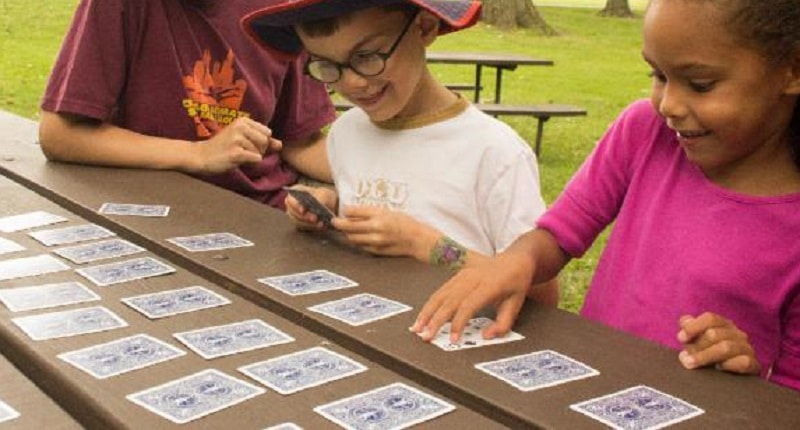 Kids are introduced to fractions in grade 1 and 2 and by grade 3 and 4 they are diving deep into learning fractions. via No Time for Flash Cards
Kids are introduced to fractions in grade 1 and 2 and by grade 3 and 4 they are diving deep into learning fractions. via No Time for Flash Cards
4. Fun And Easy Math Games For Kids (all grades)
Have a Math white board – I love this idea for a class opening activity! Kids race to see how many ways they can combine numbers to make the answer. It is great for multiple levels of learning and is a simple, but fun, math games for kids that don’t require worksheets. This game works really well for older students with more advanced math concepts like grades 3-grade 7, but it could be modified to be used with younger students as young as preschool. via Fun Games 4 Learning
Oh the fun we will have playing puzzle games with math!5.
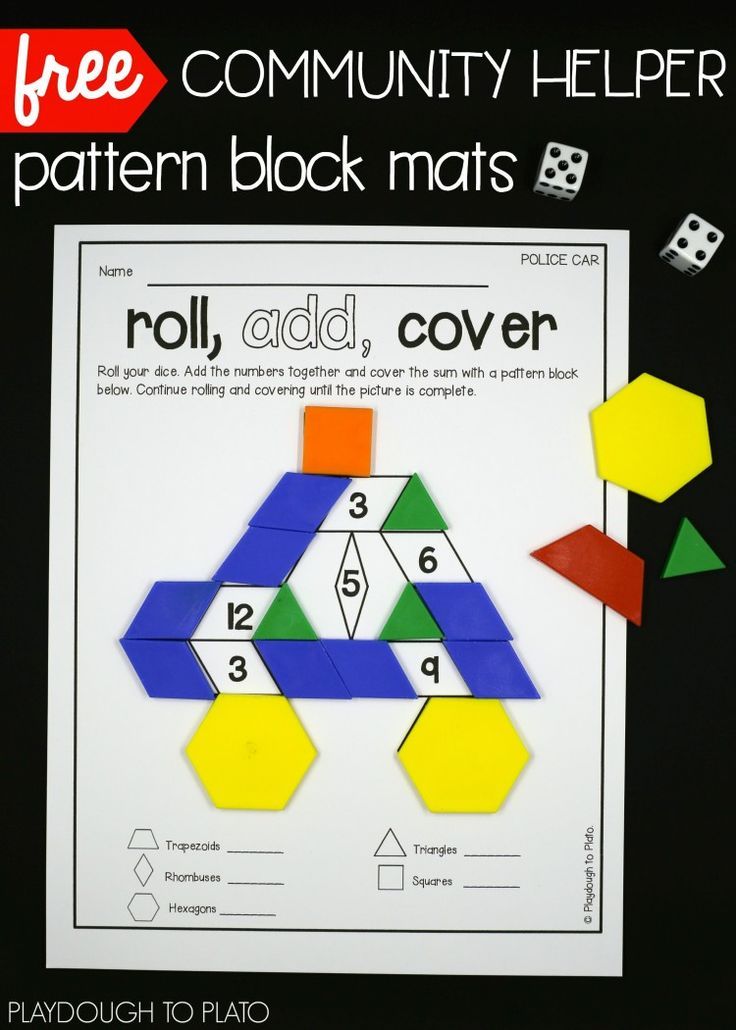 Video: Math Maze Game (1st grade)
Video: Math Maze Game (1st grade)Mazes are a great way to keep your child independently focused on math. Not only does it double as a STEM activity, but this Maze activity can also teach your child about size, geometry and speed.
6. Money Math Worksheets (Preschool, Kindergarten, 1st grade and 2nd grade)
Money math – so easy to create a math money review lesson. All you need is a random handful of coins, a slip of paper with a total your kids need to reach and a jar of change. Then use these money math worksheets to help keep up with all the coins and their worth! Kids learning to count money and add their worth are perfect for this simple worksheet game.
7. Lego Math (Preschool, Kindergarten, 1st grade, 2nd grade)
This Lego math is awesome! You can use Legos and toys to help explain the concepts of place value. Each row on the Lego math mat is a different place value whether it is ones, tens, or more via The Science Kiddo proving math skills is play! In fact, the concepts of place value can be comprehended by even younger kids like preschoolers when introduced through play.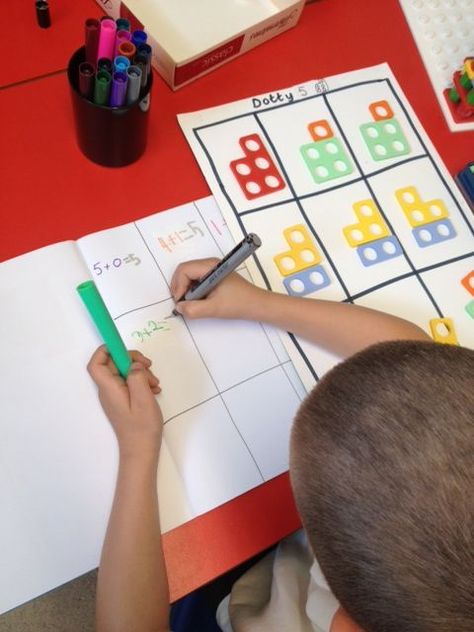
Online Math For Kids (All Grades)
Screen time isn’t always a bad thing. Your kids can learn while they play, on the iPad or android device with some of these Math Apps for Kids. There are so many different math apps for all ages!
Fun Math Games For Kids With Just A Pencil and Paper
These fun paper and pencil math games go WAY beyond math worksheets. Here are some free printable math games kids will love playing:
8. Expanded Form Dice Game (4th Grade)
You will need some scissors, glue and a pencil to play this expanded form dice game.
9. Math Crossword Puzzles (Kindergarten, 1st Grade)
Download, print & play these math crossword puzzles for addition and subtraction practice fun.
10. Abominable Snowball Math Equation Game (Grades K-3)
Abominable Snowball Math Equation Game uses printable worksheets and sparkly snow playdough to play!
11. Addition Color by Number Pages (Pre-K, Kindergarten and 1st grade)
Let’s play with addition equations with these color by number pages:
- Unicorn addition worksheets
- Day of the Dead addition worksheets
- Shark addition worksheets
- Baby Shark easy math worksheets
12.
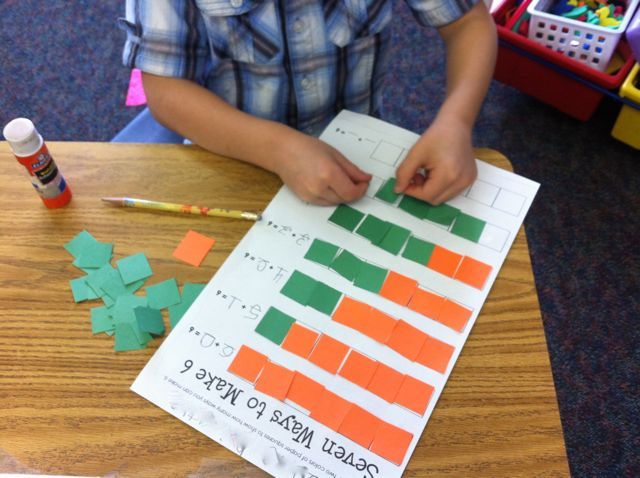 Subtraction Color by Number Pages (Kindergarten, 1st grade, 2nd grade)
Subtraction Color by Number Pages (Kindergarten, 1st grade, 2nd grade)Let’s play with subtraction equations with these color by number pages:
- Unicorn subtraction math worksheets
- Day of the Dead subtraction worksheets
- Halloween subtraction color by number worksheets
Fun Math Games For Kids
You should not only know what you are doing. You should also know why and how.
-Harry Wong
13. Multiplication Graph (2nd and 3rd grade)
You can literally see in 3D how multiplication and powers work and grow rapidly with 3D graphing. This is another fun Lego math activity, but this one will require quite a few more small Legos. via Frugal Fun for Boys and Girls
14. Marshmallow Shapes (Intro: Pre-K, preschool, Kindergarten; Geometry learning for older students)
Who says you can’t play with your food? These marshmallow shapes are perfect for kiddos who struggle with corners versus verticals.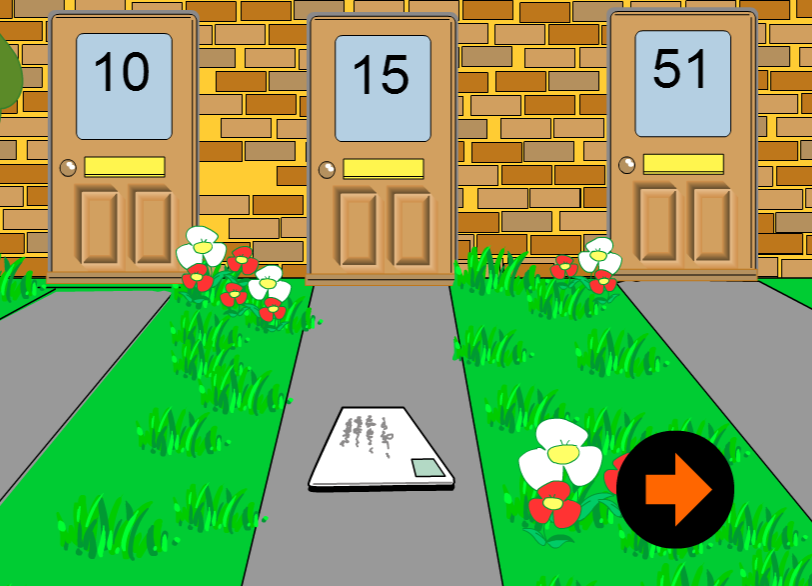 They will understand quickly the importance of corners when they are made of marshmallows! Edible geometry! via Playdough to Plato
They will understand quickly the importance of corners when they are made of marshmallows! Edible geometry! via Playdough to Plato
15. Fun Math Games For Kids (5th grade)
Play a math game with your whole body – great interaction for antsy kiddos while also learning about place values. There are a couple different fun math games for kids to choose from, but both will have your children entertained. via Two Sisters to Teach
16. Fun Mathematics For Kids (Pre-K, Preschool, Kindergarten and 1st grade)
Is skip counting “just a concept” to your kids? Help them see how multiplication works by skip counting with manipulatives. Don’t worry, these math games aren’t difficult, most of them involve sorting! via One Day at a Time
17. Times Table Tricks (2nd grade, 3rd grade & 4th grade)
Did you know there are times table tricks to improve the swiftness of math skills? Here is a trick to multiply the nines. Find the answer by folding down different fingers. This would have made multiplication so much easier when I was in school! via Come Together Kids
Find the answer by folding down different fingers. This would have made multiplication so much easier when I was in school! via Come Together Kids
18. Hundreds Chart Puzzle (Kindergarten, 1st grade and 2nd grade)
Skip Counting puzzles are a great way to learn about the hundreds chart and number families/patterns. All you need are these free math worksheets, cardstock, and plastic baggies to create this hundreds chart puzzle. via Playdough to Plato
19. Types Of Graphs For Kids (5th grade, 6th grade)
This one will take a little effort to make, but your child can make a math journal more interactive by adding Pop-up bar graphs. Kids remember things they create and this is a great way to teach types of graphs for kids. via Runde’s Room
20. Number Flashcards (5th grade, 6th grade)
These number flashcards are perfect to teach any kid to count! Not only do they have the number written in numeral form, but also word form, and has different geometric shapes depicting the quantity! Perfect for reinforcing each number.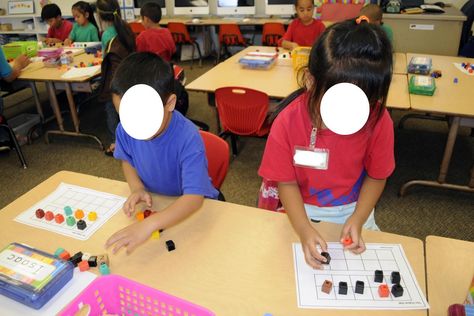 via All Kids Network (Pre-K, Preschool, Kindergarten)
via All Kids Network (Pre-K, Preschool, Kindergarten)
21. Math Puzzles For Middle School Kids (Grades 3-7)
This Craft Stick Math Station idea is awesome! It’s math puzzles for middle school kids. Each stick matches another. Make a chain from the problems. You could easily do the same for kids in elementary school or even use it to teach algebra and geometry to high school kids.
22. Paper Fortune Teller Math Game (1st Grade, 2nd Grade & 3rd Grade)
Review math facts with this paper fortune teller math game. Great game for learning multiplication facts or even matching fractions and checking your work.
I love playing with math!Math Games for Kids Who Get Frustrated with Math
23. Food Fractions (Kindergarten, 1st grade, 2nd grade & 3rd grade)
Food fractions is a great way to learn math! I am definitely more motivated when food is involved! Cut up your lunch and learn about fractions and amounts at the same time! Older kids will catch on to this immediately and younger kids will play along while they learn.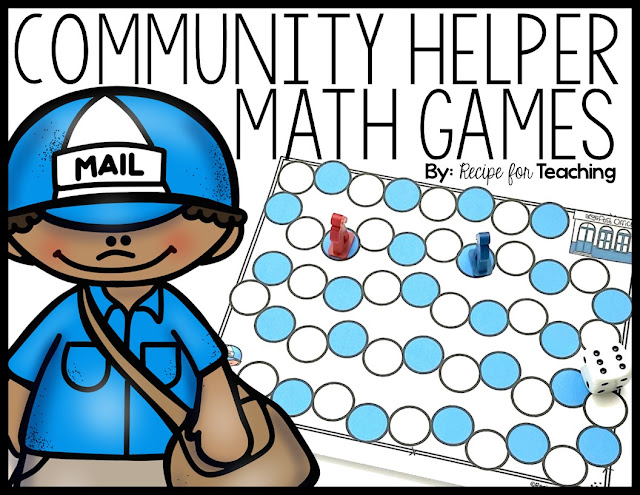
24. Tenzi (Grades 2-5)
Tenzi the Math Dice Game is dice game that is addictive! You can adapt it for a wide range of kids learning levels. Best part is, it is simple to play and is great for multiple players 7 years and up! via What Do We Do All Day
25. Math Dice Games (All Grades)
Go big! Create a dice from a large cube box. Dice can be used in so many learning activities like quickly counting sums or subtracting! You could easily use these large dice for bigger kids learning multiplication as well. via Parents
26. Jenga Games For The Classroom (All Grades)
Looking for Jenga games for the classroom? Then this block game is perfect because it is super adaptable. Use it for Speed Math Review. Don’t worry, you don’t have to write on the blocks, instead use stickers so you can swap them out when needed. via The First Grade Parade
27. Math Using Hands (Pre-K, Preschool & Kindergarten)
Make hands for counting! That sounds super odd, but bare with me.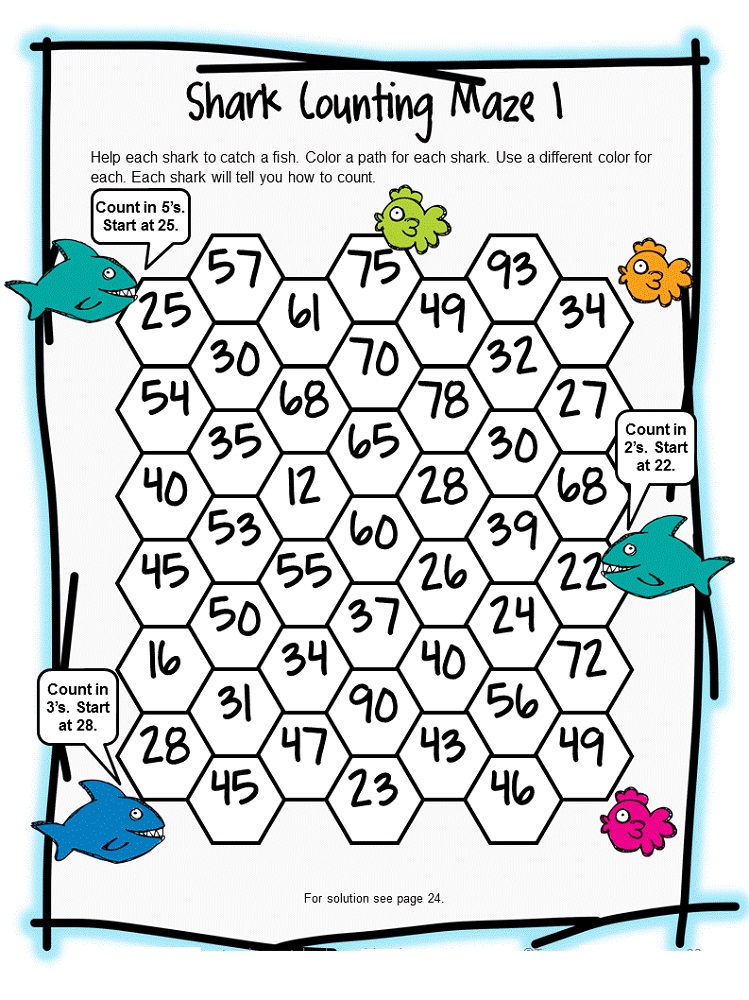 You can learn math using hands. If you have a kiddo who needs just a little extra help understanding the concept of twenty or numbers after ten? Try this! It is an extra pair of hands to count on! via J Daniel 4s Mom
You can learn math using hands. If you have a kiddo who needs just a little extra help understanding the concept of twenty or numbers after ten? Try this! It is an extra pair of hands to count on! via J Daniel 4s Mom
28. Fun Math For Kids (Pre-K, Preschool, Kindergarten, 1st grade and adapted for older kids)
Have a number of the day – this is great for homeschooling families with multiple age groups and also for classroom bell openers. via Well Nurtured Plants and Pillars
29. Math Sight Word Play (Kindergarten, 1st grade & 2nd grade)
Did you know there are math sight words? Make word problems easier for your kids to solve with word cards for them to memorize the common words.
30. More Lego Math (Pre-K, Kindergarten)
Pre-math skills – Symmetry. It is a great way to develop spatial awareness. You make one half and your child makes the other half. Plus, it is another fun Lego math project, learning math concepts with toys makes it much more fun I think.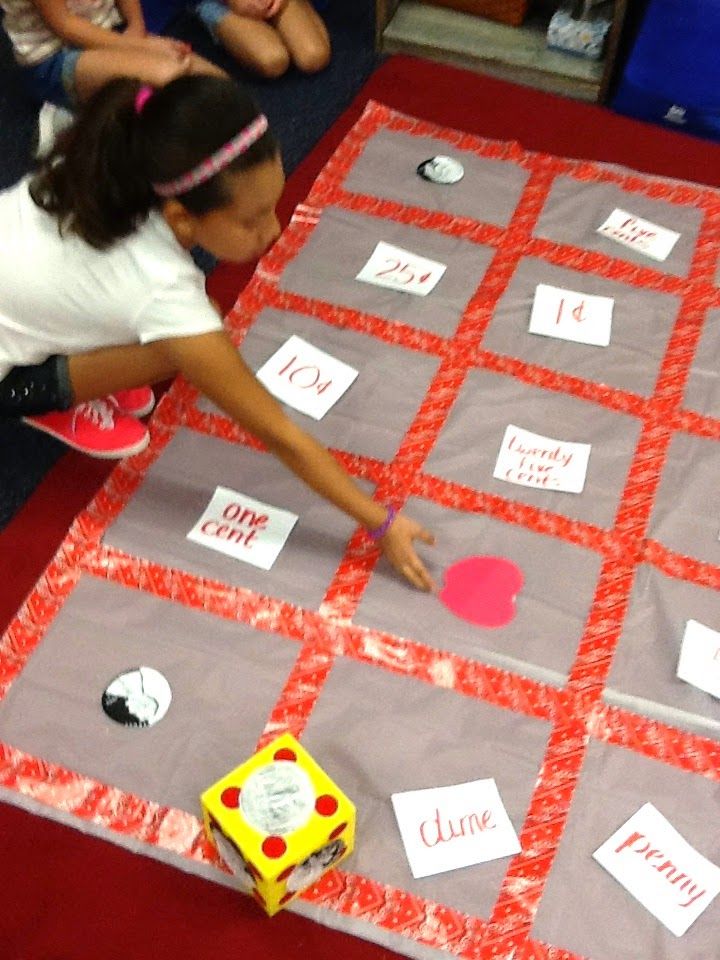 via Fun at Home with Kids
via Fun at Home with Kids
31. Coordinate Math (Grades 2-6)
Play the game Gridlock to help your kids learn graphing principles. They will literally be able to see the graphs and the lines. This is one of my favorite math activities for kids. via Mathwire
32. Number Line (Pre-K, Preschool, Kindergarten)
Number lines are a great way for kids to see the order that numbers occur. You can make your own number line. Remove clothespins and ask your kids what the missing number is. via Fantastic Fun and Learning
33. Multiplication Songs (Pre-K through Grade 3)
Skip counting songs! It is our kids favorite way to learn their times tables. Here are the BEST math songs, including fun multiplication songs. These are the cutest! via Imagination Soup
How Can I Learn Kids Math Games?
If you do one of these activities every afternoon with your child, they will not only catch up to their peers and become more confident learners, they just might also discover a love of logic!
Using games to improve basic math skills is a great learning strategy for kids. Many math concepts require memorization, math drills and repeated practice to master. Kids can lose interest in the process and their ability to grasp later math concepts that build on this important foundation can cause serious scholastic issues.
Many math concepts require memorization, math drills and repeated practice to master. Kids can lose interest in the process and their ability to grasp later math concepts that build on this important foundation can cause serious scholastic issues.
Nearly any math activity can be turned into a game when you look at it and see how you can include a little friendly competition! Whether it is turning a worksheet into something kids can play with hands-on, creating a guessing game instead of a drill, having kids compete against each other or adding a timer so kids can compete against themselves.
Free Math Games for kids
Not everyone learns the same and unfortunately math is one of those things you either really get it or don’t. And if you’re one of the ones who don’t catch on to math skills right away, it can be frustrating.
More Fun Math Games & Printable Worksheets From Kids Activities Blog
- Check out these 10 Fun Math Games for Kids! I am your kids will love them.
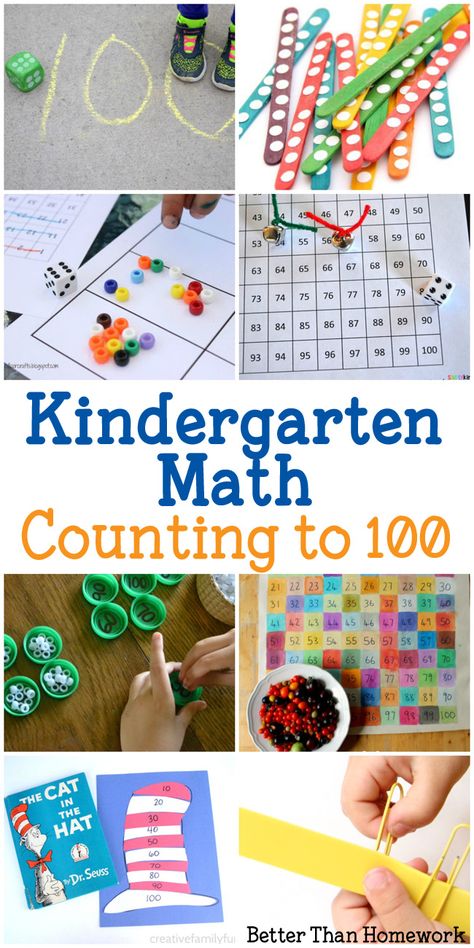
- Looking for some Super Fun Math Games? We got you covered.
- Make math delicious with this Fraction Game: Cookie Math! Cookies make everything better.
- Need some math worksheets? Then check out these FREE Printable Math Activities.
- We have over 100 fun math games and activities to choose from.
math for kids faq
How do 10 year olds make math fun?
Anything that makes math a game can help overcome the monotony of practicing math facts and doing math figures. Math games turn learning and practicing math concepts into great fun! Don’t be stuck thinking that math needs to be just worksheets and textbooks when it comes to kids.
What math should a 5 year old be doing?
5 year olds should be learning to master counting to 100, be able to count a group of objects up to 20, know all the shapes and solve simple addition and subtraction questions up to the number 10.
What are the 4 basic math skills?
The 4 basic math skills (also known as components of math or mathematical operations) are add, subtract, multiply and divide.
more fun!
- Science for Kids
- Fun Fact of the Day
- Learning activities for 3 year olds
Which of the math games and interactive activities was your kids favorite? Did we miss any of your favorite ways to teach math basic skills and mental arithmetic to kids in a playful way?
Math games for preschoolers and first graders
The development of a child's mathematical abilities is one of the aspects of preparing for school. It can be difficult for a preschooler to operate with numbers, so experts advise starting a child’s acquaintance with numbers and mathematical calculations from games. Complex and sometimes boring examples and tasks do not cause rejection in the baby when they are presented in the form of interesting colorful tasks.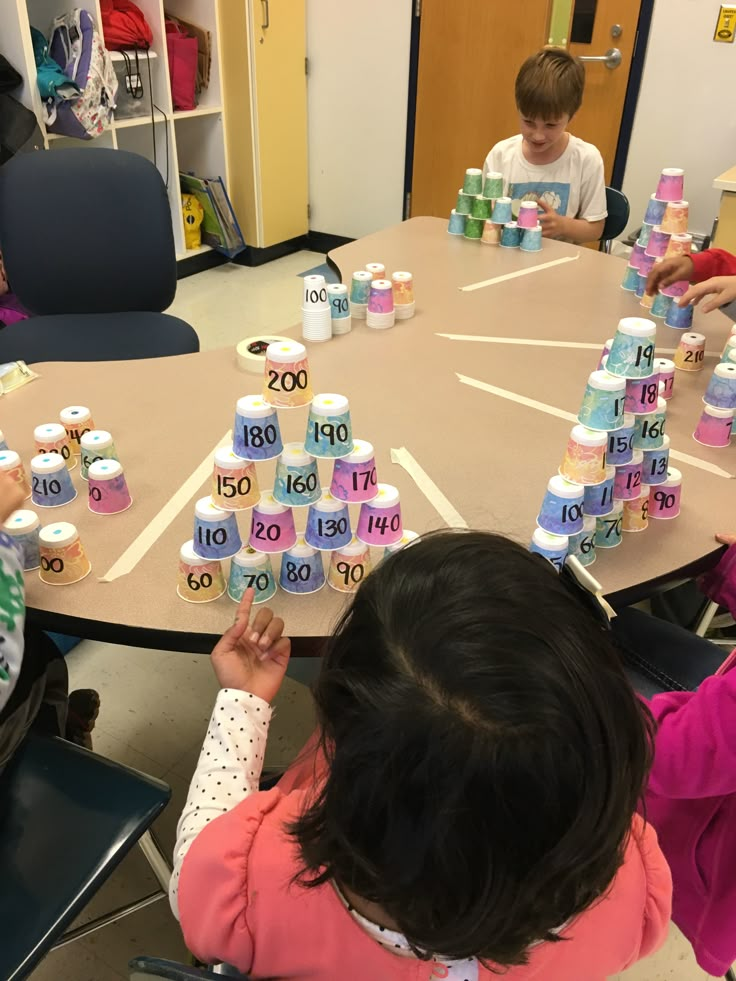
If a child understands at an early age that mathematics is exciting and fun, it will be much easier for him to master the school subject. By the way, mathematical games develop not only the skills of working with numbers, but also logic and non-standard thinking. What are the mathematical games for preschoolers - in our material.
Math games for children 4-5 years old
Math games for preschoolers 4-5 years old include simple math examples for addition and subtraction within 10.
1. Math game "Maze"
In this math game the child is faced with the task of seeing the pattern, going through the maze and helping the squirrel find the acorn.
Print the picture. Give the child a pencil. Let him draw a path along which the squirrel can get to the acorn.
The squirrel has started its journey. She took two steps. What is the difference between 3 and 1? How much more is it? And the number 5 compared to 3? It is desirable that the child himself see the pattern (adding 2 to each previous number).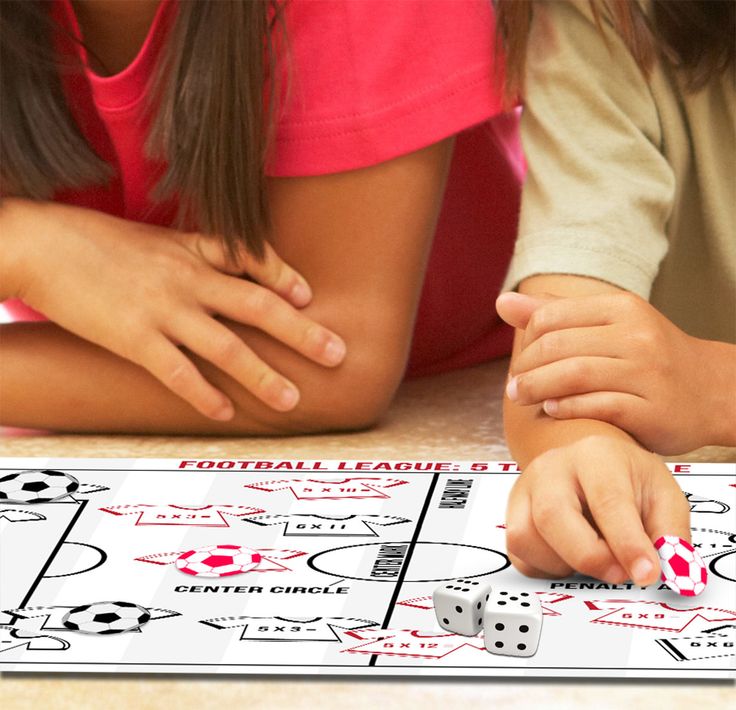 But if it doesn’t work out, don’t worry — explain. Calculate the next step together, and then let the baby go on his own.
But if it doesn’t work out, don’t worry — explain. Calculate the next step together, and then let the baby go on his own.
2. Math crossword
If a child can count to 10, they may be interested in doing a math crossword.
Print out the crossword. Tell your child how to work with a mathematical crossword puzzle, how the numbers fit into it. You can explain such concepts as "horizontal" and "vertical".
Explain that each row and column must have correct equalities. Emphasize that a mathematical crossword puzzle differs from the usual example in that an unknown number can appear anywhere in it.
Show that in a crossword it is better to solve the examples not in an arbitrary sequence, but by moving from one intersection to another. And it is very important to do everything right, because a mistake in one place will lead to inaccuracies in another.
3. Mathematical game "Count the beads"
As in other examples, the picture can be printed.
There are two different tasks here.
On the left picture there are beads that you need to count and write the answers below, as shown in the first picture. Do not give the child the task right away - invite him to think about what the numbers below (in the first picture) mean. Perhaps he himself will find a correspondence between the number of beads and the number below. In this case, he will easily enter all the correct answers.
On the second, right, block of pictures, the number of beads is the same everywhere, and the number of filled beads is signed below. The kid can also guess about this on his own. After that, he will gladly color the required number of beads in each picture.
With this activity you can explain to your child what an abacus is and how to use it.
4. Mathematical game “Take the bear to the bear cub”
Examples are written on the ice. In this game, the child must complete each task and write the answer on the ice.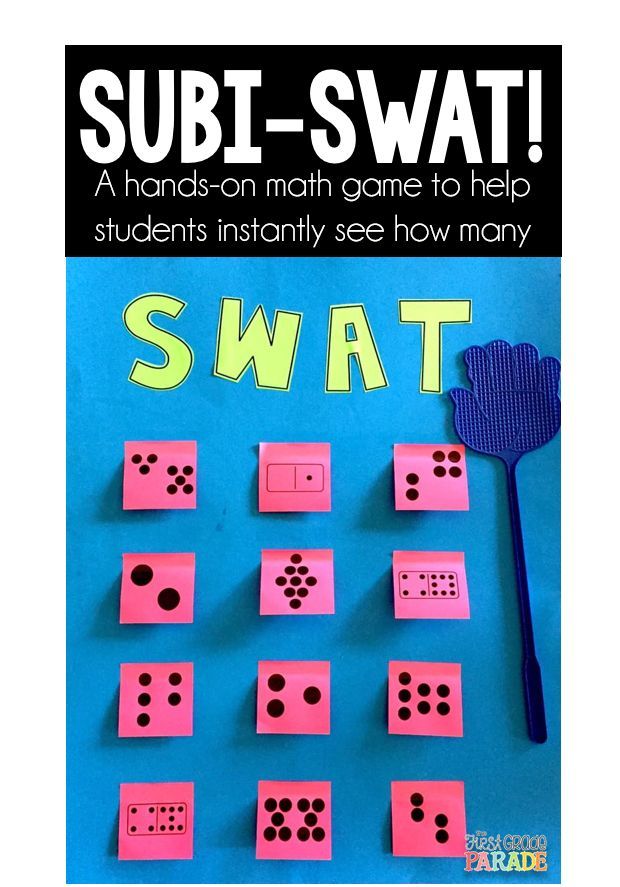 After that, you can pave the way of the bear to the bear cub along the ice, on which the numbers 1, 2, 3 are written, and then in order up to 10.
After that, you can pave the way of the bear to the bear cub along the ice, on which the numbers 1, 2, 3 are written, and then in order up to 10.
Math games for preschoolers 6-7 years old
Math games for children 6-7 years old are a bit more difficult and suitable for kids who can count to at least 20 and solve addition and subtraction problems in two steps.
1. Mathematical game "Insert the missing number"
The meaning of this mathematical game is to insert numbers into empty cells that come in sequence before, between or after a given number.
Thus, the child's idea of the "number line" is formed.
For convenience, you can first draw this line, on which numbers are indicated from left to right, increasing each time by one. Then the baby will understand what “before”, “between” and “after” means, and will easily do all the exercises.
2. Mathematical game “Put fruits in baskets”
Print the picture, cut out all fruits and baskets separately.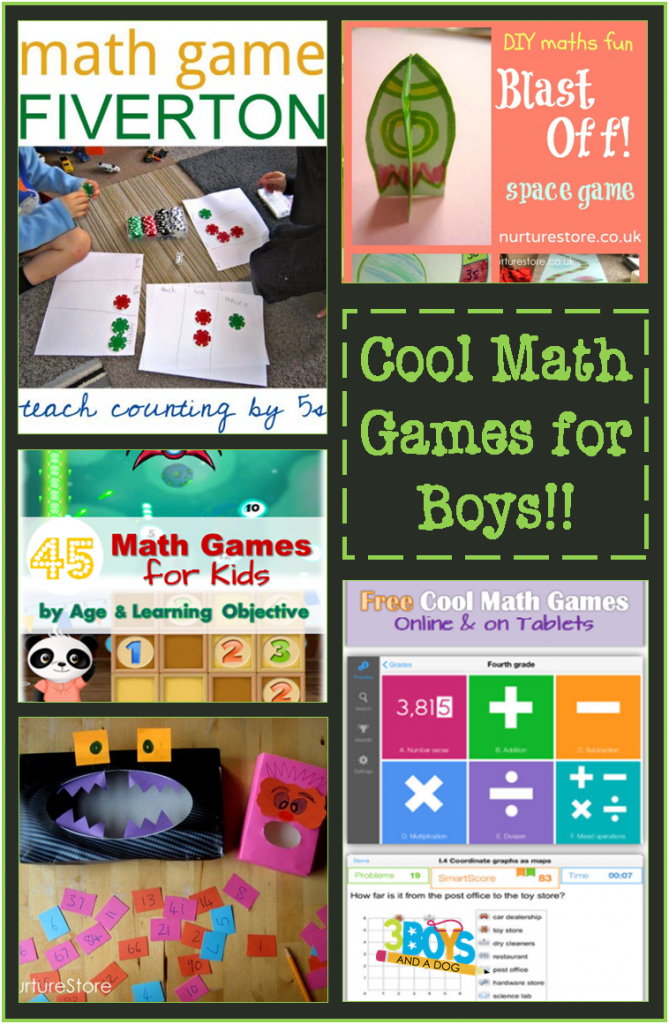 The kid must solve a mathematical example that is written on a fruit and "put" it in the correct basket.
The kid must solve a mathematical example that is written on a fruit and "put" it in the correct basket.
These examples show the child that the same number can be obtained in several ways.
Note that the example does not show the same number of ways to get different numbers. So, 7 is obtained by five options: 4 + 3; 7 - 0; 1+6; 2+5; 14 - 7. And 18 - three: 9 + 9; 20 - 2; 12 + 6.
Explain that there are other ways to get the number 18. Give an example or have the child come up with their own.
3. Mathematical game "Find a suitable umbrella"
In this math game, you need to match an umbrella to each cloud. To do this, the child must solve the examples written inside the cloud and the umbrella, and then place the cloud over the desired umbrella.
In this task, you can not cut anything, but simply connect pictures with the same answer. Each cloud corresponds to one umbrella.
Math games for 1st grade
Math games for schoolchildren are suitable for children who can count up to 30, complete examples in several actions and have a basic understanding of fractions.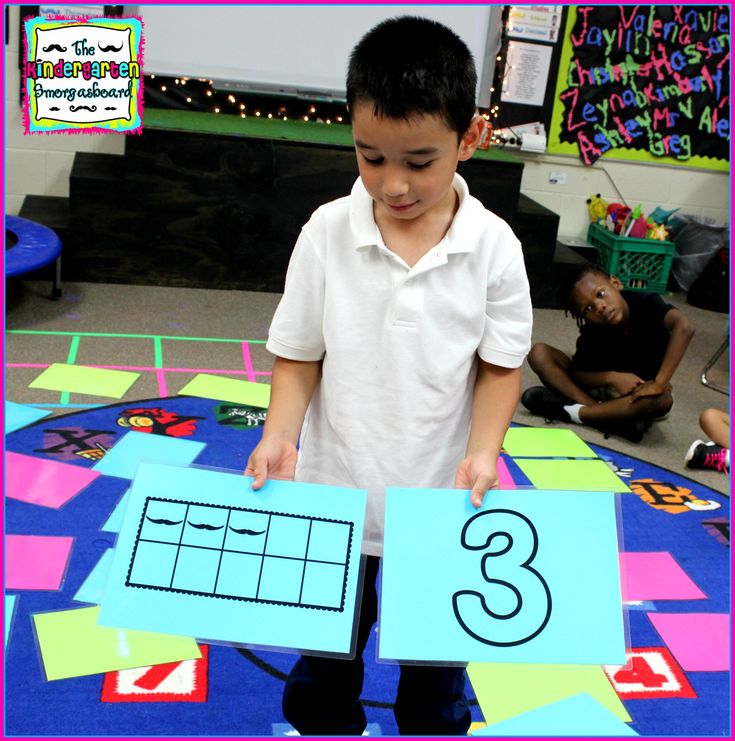
1. A chain of mathematical examples
On the path of the butterfly to the flower, do all the suggested actions. Some of the numbers are already in circles, others must be entered by solving the examples given above.
This math task is not for the little ones: here you need to be able to count to at least 30.
2. Math game "How much does a salad cost?"
The picture shows vegetables and their "value". Below are plates with a different set of vegetables. Invite the child to calculate how much each salad “costs”.
3. What is the fraction in the picture?
Pictures will help explain to your child what fractions are.
The images show circles divided into equal parts. Some of them are painted over. First you need to calculate how many parts there are. Next - how many of them are painted over.
The essence of a fractional number is easy to explain in this way.
For the first example: the circle is divided into 4 parts; three out of four are shaded, i.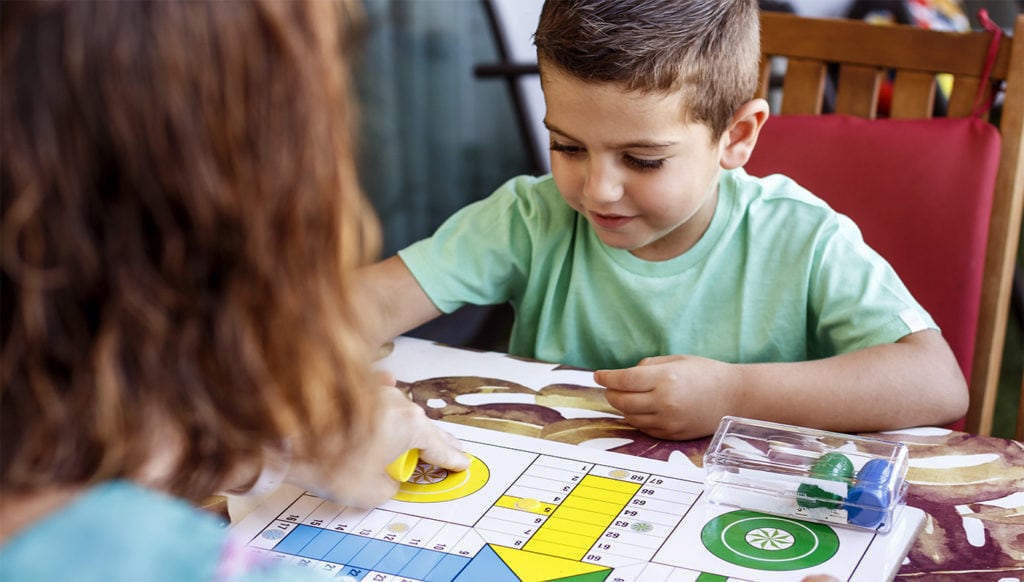 e. three-fourths. This is referred to as 3/4.
e. three-fourths. This is referred to as 3/4.
Second example (below): there are 6 beats in the circle, four of the six are shaded - four sixths, 4/6.
Such an algorithm will allow the child to choose from the options presented the answer corresponding to each circle. To check how the kid understood the material, ask him to show an integer (not a fractional) number on one of the circles, painting over the required number of parts. He will cope with the task if he figured out how a fractional number is formed and how a fraction differs from a whole.
Umnasia offers a large number of mathematical problems for logic and ingenuity for primary and secondary school students. All tasks are presented in the format of an interactive story game with pleasant voice acting and colorful illustrations:
- logic tasks for grade 1
- logic tasks for grade 2
- logic tasks for grade 3
- logic tasks for grade 4
- logic tasks for grade 5
Mathematics and logic for children 7-13 years old
We develop logical thinking through solving plot mathematical problems in an interactive game format
learn more
Online math games and tests, developed by experts in mathematics
Personalized and adaptive learning path
Pedagogical, interactive math assignments for grades 0-6, designed by learning experts
Look at the assignments
Benefits for teachers
Saving you time
A teacher simply has to assign his students to work with Matific for 30 minutes a week, and Matific will show their current results, progress and areas of immediate development in real time.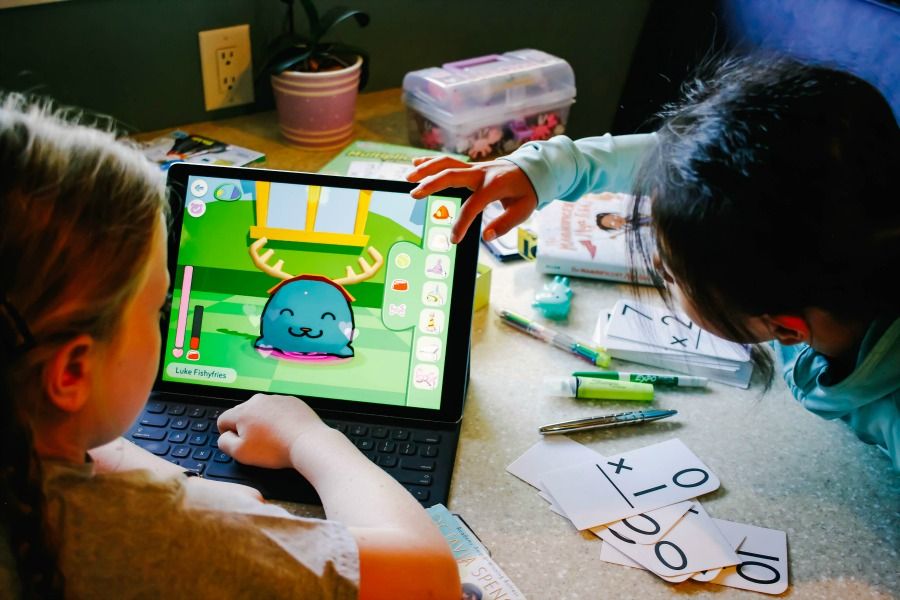 The teacher will receive weekly summaries to keep abreast of the progress of their students.
The teacher will receive weekly summaries to keep abreast of the progress of their students.
Exactly the content you need
When a teacher needs to cover a specific topic, it's easy to select and assign appropriate content to students, which will be seamlessly integrated into the learning process. If the teacher prefers to plan academic work in advance, you can set your own calendar plan for several months in advance.
Find out more
Student learning environment
Playful activities with carefully crafted pedagogy
Students work with our interactive and engaging content. Matific teaches critical thinking, problem solving and reduces the fear of mathematics. Our carefully crafted learning content is packed into an exciting journey of discovery.
Personalized learning paths
The student journey covers all the key topics and skills of the curriculum tailored to their specific knowledge gaps and learning needs.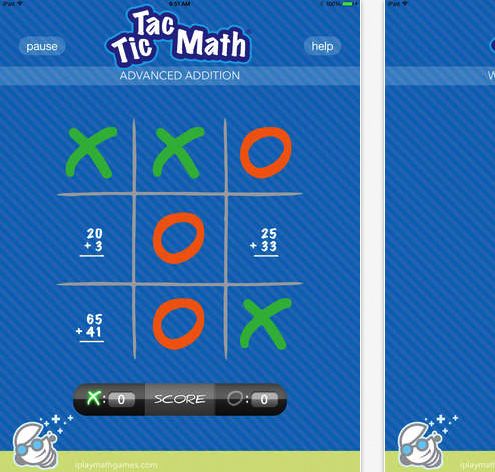 Students can also practice selected skills in a dedicated learning environment.
Students can also practice selected skills in a dedicated learning environment.
Homework and classwork are clearly defined
If a teacher has assigned students an assignment, it is displayed in the student interface under homework or classwork.
Benefits for parents
Make math easy for you and fun for your child
Parents only need to make sure their kids play Matific for 30 minutes a week - Matific takes care of the rest.
Support your child's individual educational needs
Parent Section allows parents to track their child's progress in real time from any device. Parents see where their child is doing well, and where he needs help on any topic. Parents will receive weekly updates to keep abreast of their child's progress.
Find out more
Matific in action
-
Improved academic performance by
34%
Using Matific in the classroom improves student achievement.
Western Sydney University
-
Increasing engagement by
89%
Teachers recommend Matific to colleagues and continue to use it in their classes.
Virginia, USA
-
Increasing interest on
31%
Students are more confident that they “want to learn math”.
Tamil Nadu, India
Matific Pedagogical Principles
Matific's core strength is based on our 5 Pedagogical Principles developed by experts from Stanford, Harvard, Berkeley and the Einstein Institute.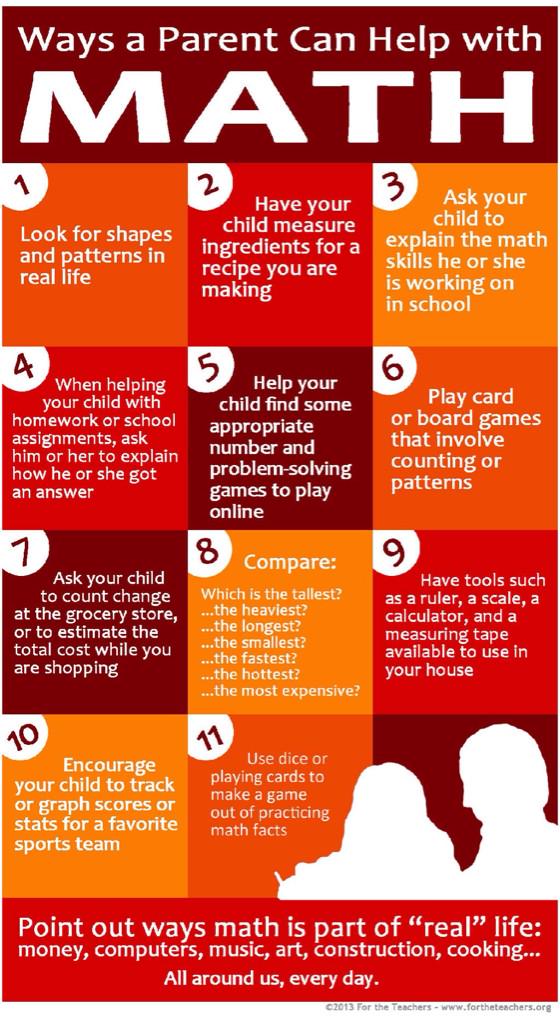
Explore our pedagogy
Fully integrated into your learning ecosystem
Trusted by millions of users worldwide
“Matific is a fantastic tool for teaching mathematics intuitively and introducing children to scientific thinking.”
Prof. Aaron Ciechanover
Nobel Laureate
“Far more engaging for our students than other online platforms and we like how the questions were adaptive to the students' abilities.”
Templeton Elementary School
“Matific is very easy to use, and our students enjoyed using it. Parents were also very impressed by what their children were learning and using.